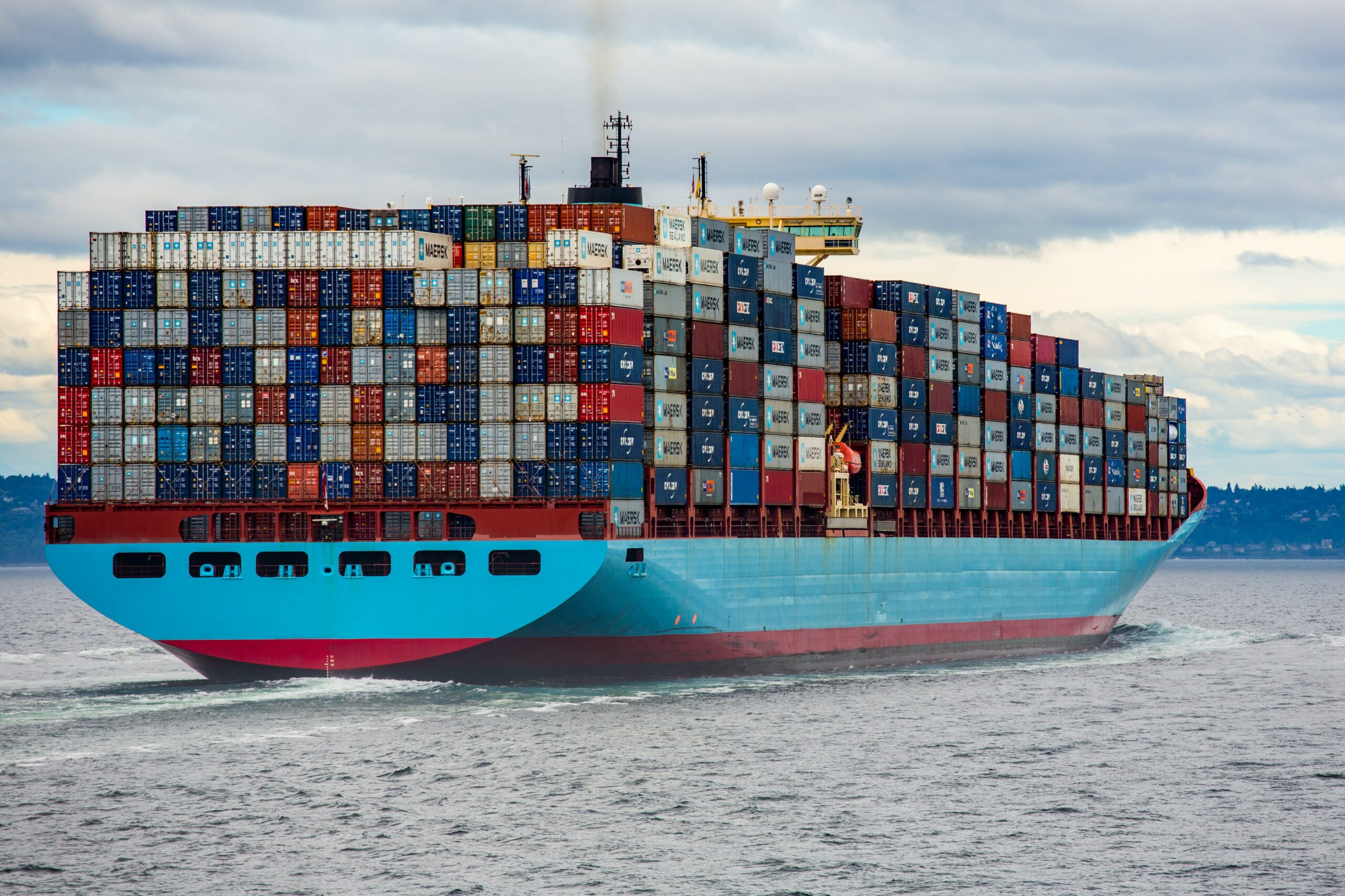Embark on a transformative journey across the seas with the advent of smart sails in shipping. Witness the sustainable evolution of maritime transportation as innovative spime technology not only optimizes fuel efficiency but also paves the way for a future where ships become autonomous entities, guided by precision and real-time data.
The shipping and waterway industry has existed for some thousands of years, being the natural, stable way of transporting merchandise. Powered by human muscles and wind until the latest two centuries, it has transformed radically along the industrial revolutions bringing us first steam and then fossil fuels.
This technological evolution has, somewhat surprisingly, produced us fairly unsustainable solutions what comes to resource efficiency and the environment. Large ships are major polluters and have been optimized just for speed and cargo capacity.
If we look at the previous era of sailing ships, there was a continuous evolution of better sails and ship designs, and it amazes me how the world was toured around and how large naval battles were fought with ships powered by wind only. The propulsion resource was unpredictable and laborous to control, but it was mastered and wisdom persisted across the generations. And boy those ships were beautiful too.
Now the migration to steam and fossils was clearly disruptive, as the sail all but disappeared from commercial shipping, even though it had just bit earlier been the main power source. Unlike in cars, the hybrid thinking was not there; we were lured by the speed and predictability of our new iron dreadnoughts.
This is why we’re very excited to be the spime platform for a company now bringing sails – first rotor ones – to cargo, tanker and passenger ships worldwide. With their mechanical engineering excellence, a typical ship can save 6-15% of fuel costs, depending on prevalent wind conditions. With some added route and speed optimization, we are looking at 20%+ improvement on fuel efficiency. Compared to e.g. air traffic, these savings are massive.
Our ingredient to this success story is that we host spimes, the next generation digital twins, for each physical rotor sail. This is how the rotor can be controlled precisely according to historical data, prevailing weather conditions and by troves of other real-time data we gather.
Our aim is to soon spime the whole ship, in order to enable further innovations like adding also regular-looking but automated sails, adapting to sea currents and salinity, and to eventually make the ship fully autonomous. The wealth of sustained data and algorithms will likely morph the ship into something completely new; perhaps combining also submerged capabilities. Perhaps we also get the beauty back.
Missed the last nBlog? Read it here.





4 replies on “From Steam to Spime: A New Generation of Maritime Innovation”
Dear basen.net admin, Thanks for the well-structured and well-presented post!
Hello basen.net webmaster, Your posts are always well-referenced and credible.
Dear basen.net webmaster, Your posts are always on topic and relevant.
Hello basen.net owner, Your posts are always well-referenced and credible.